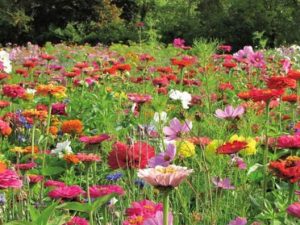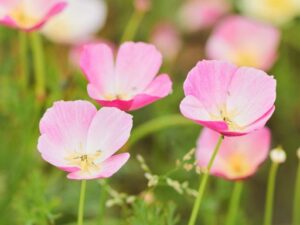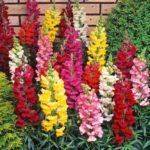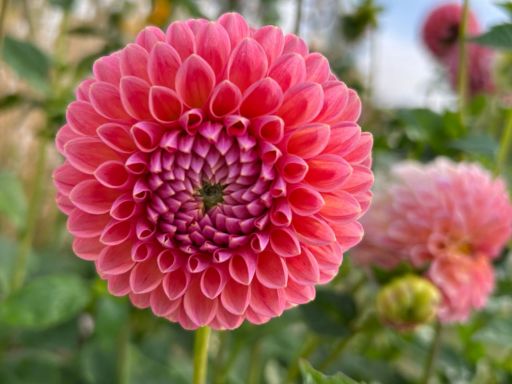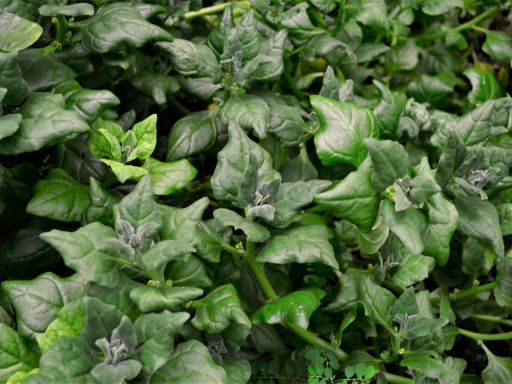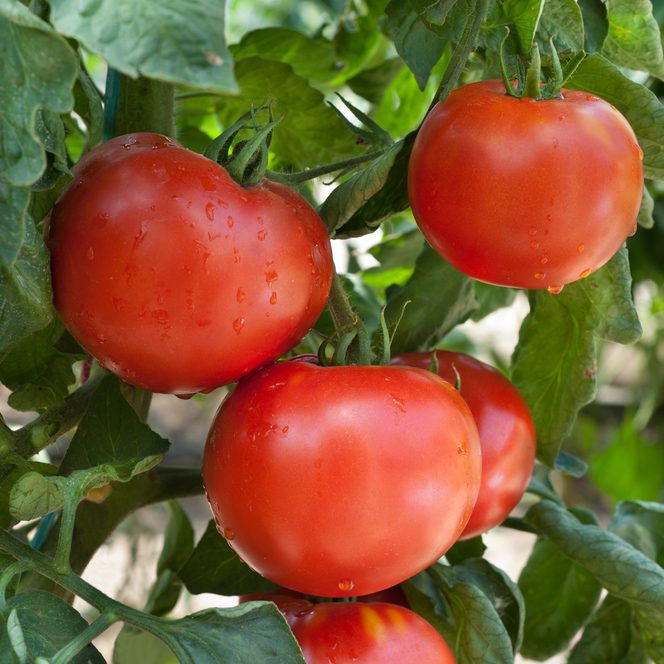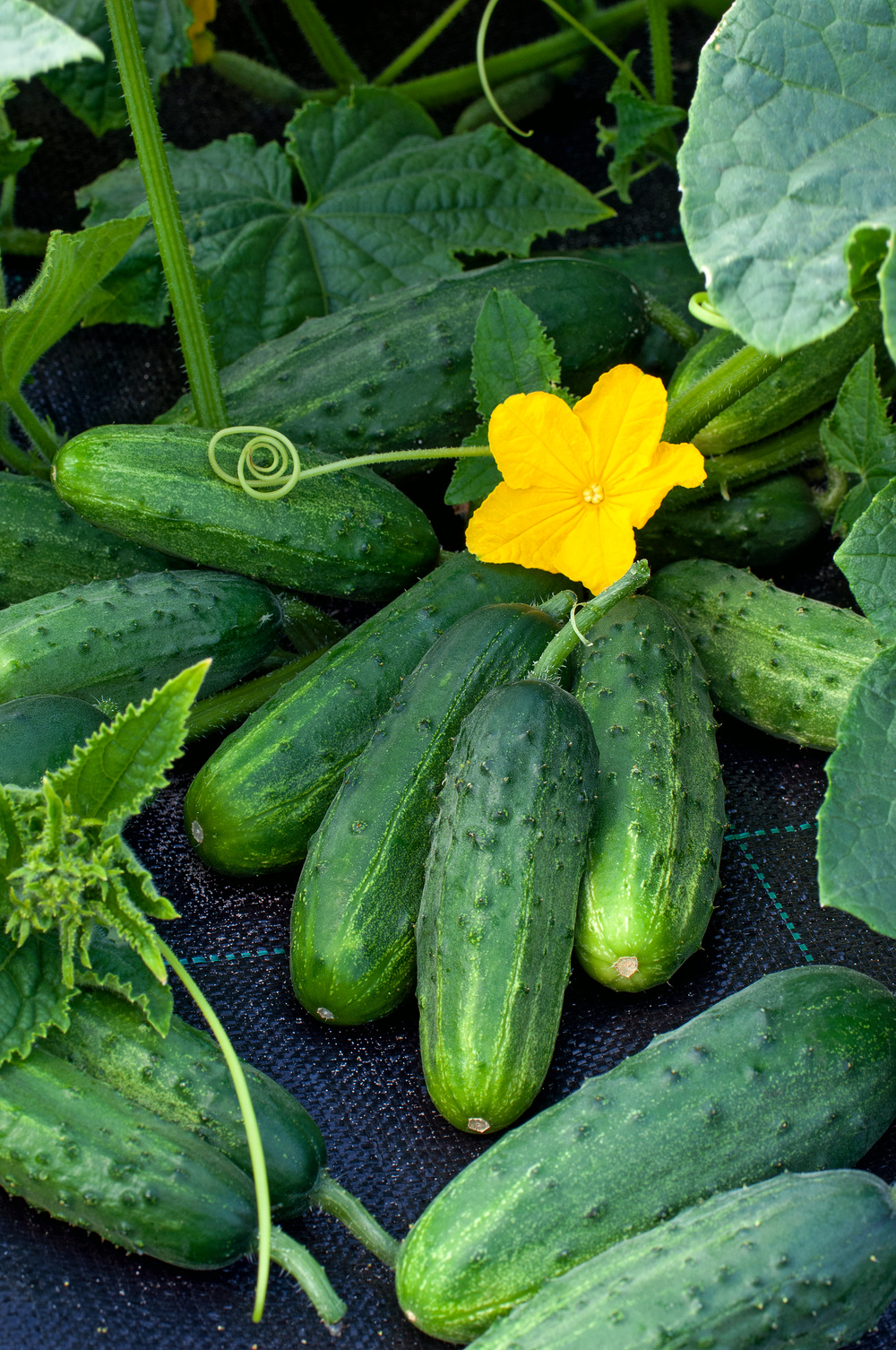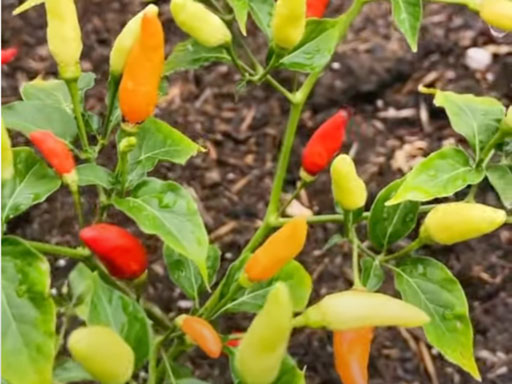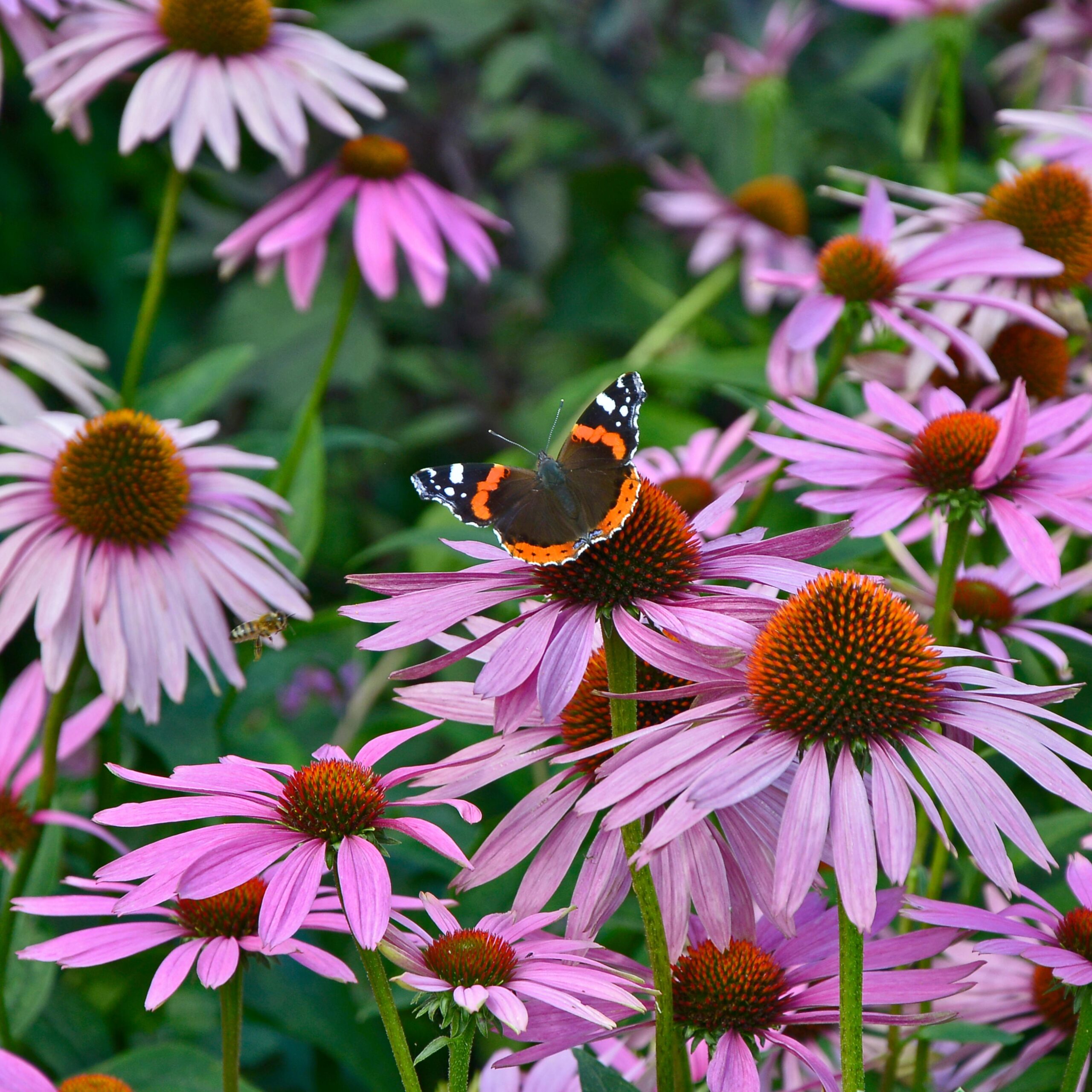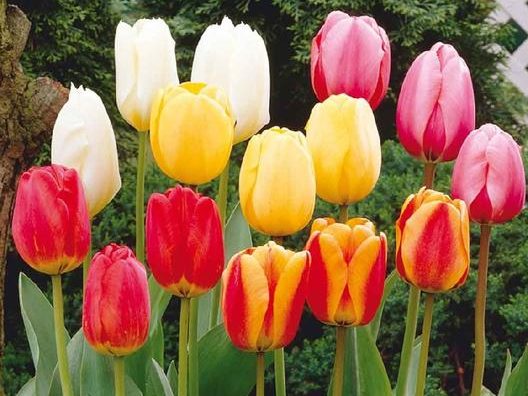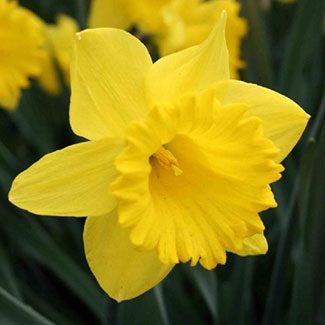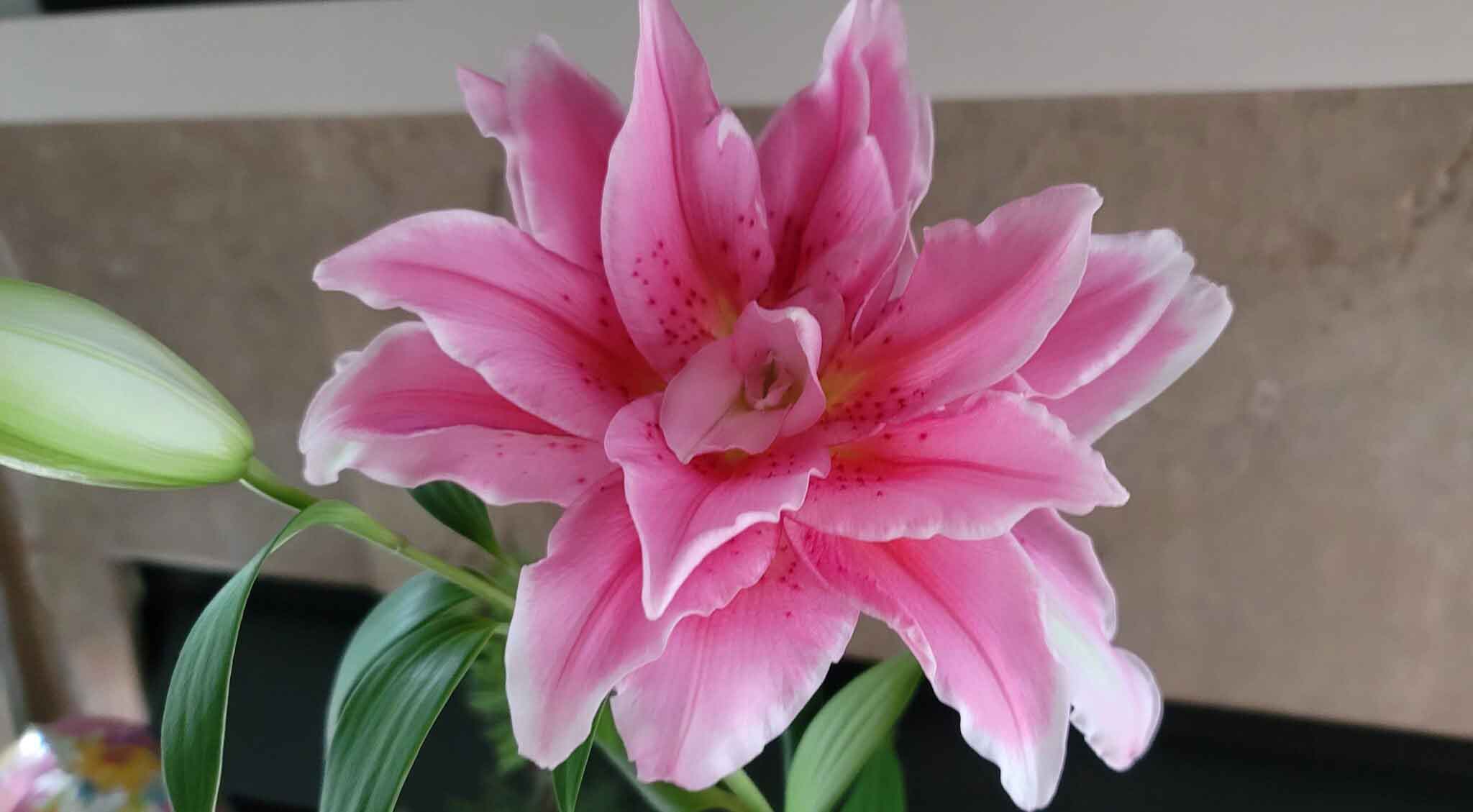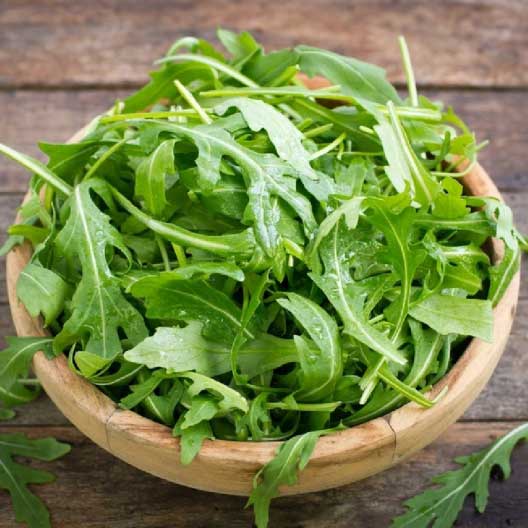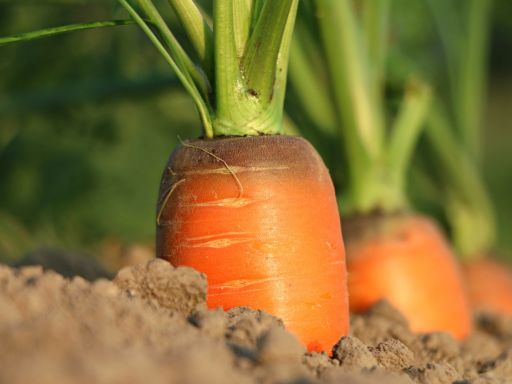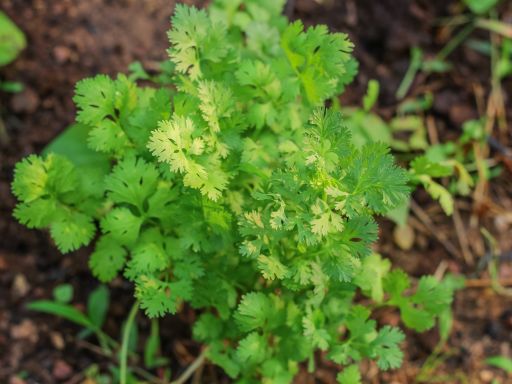Gardening in Zone 8
You’ve got it made! Zone 8 offers a long growing season with mild winters, making it ideal for a wide range of plants. For flower lovers, this is about as good as it gets—fields of colorful wildflowers, lush container gardens, and homes decorated with cut flowers—truly stunning! Zone 8 fruit trees like apples and peaches thrive here while winter vegetables like kale, spinach, and carrots can grow through colder months. Whether you’re cultivating edible plants for zone 8a or 8b, or adding ornamental grasses and perennial flowers to your landscape, this mild climate allows for fun-in-the-sun, year-round gardening! See Zone 8: Spring for garden projects and the best flowers and vegetables to plant during that season; and see Zone 8: Fall for gardening tasks and planting possibilities later in the year.
First and Last Frost Dates
To select the right plants and determine best planting times in zone 8, it’s essential to know your area’s frost date and minimum temperatures. This information can be easily accessed using the Eden Brother’s USDA hardiness zone map here.

In zone 8, the first frost typically occurs between October 30 and November 30, with the last frost happening between February 22 thru March 30.
Average Growing Season: 250 days
Extreme minimum temperatures usually range from 10°F to 20°F, which influences plant choices. States located in zone 8 include Texas, Arkansas, Mississippi, Alabama, Georgia, South Carolina, North Carolina, and parts of Louisiana, Arizona, Oregon, and Washington State. For specific plant recommendations suited to zones 8a and 8b, refer to the “What’s Growing in Spring?” and “What’s Growing in Fall?” section.
Zone 8: Spring
Garden Maintenance and Projects
In zone 8, spring is the time to rejuvenate your garden. Key maintenance tasks to focus on include:
- Clean Garden Beds – Remove any remaining winter debris and weeds to prepare for new growth
- Test Soil and Fertilize – Take soil samples and apply compost and other amendments to address nutrient and pH imbalances
- Prepare Beds – Till or aerate and rake soil for planting
- Mulch – Add mulch to retain moisture and suppress weeds
- Check irrigation systems – Ensure hoses, sprinklers, and drip lines are working properly before the heat hits
- Plant perennials – Add or divide perennial flowers for vibrant blooms in summer and fall.
What’s Growing in Spring?
In zone 8, spring brings an abundance of growth, from over-wintered vegetables like kale and carrots to vibrant perennial flowers like tulips and daffodils. Zone 8 fruit trees, including apples and cherries, begin to bloom while ornamental grasses reestablish their presence. You can’t take a springtime drive without seeing an abundance of irises and hyacinths. If you’re lucky enough you might even happen upon some less common varieties like crocus and peonies.
Flower Seeds to Plant in Spring
This is the right time to plant a great selection of flowers and other plants suitable for zones 8a and 8b.
These flowers can be started indoors or directly sown outdoors after the last frost for vibrant blooms throughout the season:
The warm temperatures in this zone allow gardeners to enjoy a range of heat-loving perennial flower varieties that are not suitable for colder climates. While some of these can be purchased at local nurseries, gardeners who plant from seed will realize additional benefits like choosing from a wider range of available colors and enjoying earlier bloom times.
- Dusty Miller
- Pansy
- Hibiscus
- Angelonia
- Plumbago
Flower Bulbs to Plant in Spring
In zone 8, spring is a great time to plant a variety of bulbs and corms for beautiful perennial flowers throughout the year. Planting now means a gorgeous garden come summer and fall. Options include:
- Gladiolus
- Dahlias
- Begonias (partial shade)
- Elephant ears
- Freesia
- Calla lilies (partial shade)
- Caladium (shade)
Vegetables and Herbs to Plant in Spring
If you’re in zone 8, you’ve got one of the best natural environments in the country for experimenting with gardening styles—from raised beds to in-ground gardens, and even permaculture. Whatever your approach, spring is a key time for vegetable and herb production by direct sowing or starting indoors.
Direct sow in spring (cold-hardy):
Direct sow (after last frost):
Start indoors (plant when ground thaws):
- Broccoli, cauliflower, head lettuce, parsley, and Brussels sprouts
Start indoors (plant after last frost):
Perennials:
- Herbs like thyme, oregano, sage, marjoram, rosemary, lemon balm, and lavender can be planted outdoors after the last frost.
- Asparagus, lovage, horseradish, and sorrel can be planted after the last frost and produce for many years. Artichokes produce edible buds the following year when planted in the spring in zone 8.
Many vegetables are great contenders for companion planting with flowers and herbs. Benefits range from pest control and plant support to enhanced flavor and a more productive harvest. Learn more about companion planting here.
Other Springtime Planting Possibilities
Spring is ideal for planting a variety of other plants to round out your harvest and enhance the aesthetics of your garden:
- Ornamental grasses such as pampas, Mexican feather grass, and foxtail millet are all highly adaptable to heat and do well in zone 8
- Microgreens like peashoots, sunflower shoots, arugula, kale, and radish add a nutritious boost to your meals
- Zone 8 fruit trees such as figs, pomegranates, and persimmons can be planted in spring
- Get creative and try growing some rare and unusual flowers like passiflora, painted tongue, and Venus flytrap.
Looking Ahead to Summer
The heat is on! Summer in zone 8 is the time to enjoy the fruits of your labor while maintaining your garden in the high temps. Water regularly and mulch around plants to conserve moisture. Cut back spring-blooming perennial flowers once foliage dies back. Stay on top of weeds, pests, and diseases during these months to keep your garden healthy throughout the season. Think about flower bulbs you may want to plant in fall. They can be pre-ordered so you’re sure to get exactly what you want. Then sit back and relax—they’ll arrive at your doorstep at the best time to plant.
Zone 8: Fall
Garden Maintenance and Projects
Some essential garden maintenance tasks for the fall in zone 8 include:
- Clean up garden beds to prevent pests and diseases from overwintering
- Cut back summer-blooming perennials
- Mulch to protect roots and conserve moisture
- Plant cover crops to improve soil health such as crimson clover, purple prairie clover, buckwheat, oats, or winter rye
- Divide perennial flowers such as daylilies, irises, and hostas to prevent overcrowding
What’s Growing in Fall?
Thanks to the mild climate, plenty of plants keep blooming well into the season, bringing color and life to the garden even as the days grow shorter. We are enjoying mums, asters, snapdragons, and cosmos thriving in cooler fall weather. Leafy greens like spinach and Swiss chard, root vegetables like carrots, beets, and radishes, and brassicas like broccoli, cauliflower, cabbage, and Brussels sprouts all offer an improved flavor after a light fall frost.
Flower Seeds to Plant in Fall
Several perennial flower seeds thrive when planted in late fall for a strong spring start. Consider the following heat-tolerant flower types:
Direct sown (these are also commonly started indoors, but not until early spring):
Other seeds, such as calendula, alyssum, and nigella, can be started indoors in late summer or early fall and then transplanted outside for a short burst of fall color. Wildflower seed mixes can also be seeded in fall for a mix of vibrant blooms in spring that attract pollinators and add diversity to your garden. For earlier blooms, this is the way to go!
Flower Bulbs to Plant in Fall
It’s easy to get carried away with bulb planting, and why not? It’s one of the surest ways to provide seasonal color. In zone 8, the following perennial flower bulbs and corms should be planted in fall to develop strong roots and ensure vibrant blooms in spring or late summer:
Ranunculus flowers are a gorgeous option for zone 8, known for their striking, multi-petaled flowers with colors ranging from soft pastels to vibrant hues. They thrive in the cool weather but require protection from hard freezes.
Vegetables and Herbs to Plant in Fall
Fall is the best time to plant winter vegetables and cold-hardy plants for zone 8a and 8b that can overwinter, offering a bountiful early spring harvest.
- Winter vegetables like radishes, arugula, spinach, beets, and carrots can be directly seeded late summer/early fall for late fall and winter harvests
- Herbs such as cilantro and parsley thrive as fall plantings, surviving winter with harvests continuing through spring
- Garlic should be planted late fall for summer harvest the following year
- Greens like kale, collards, and Swiss chard can be harvested throughout winter and into early spring
- Shallots can also be planted in fall for summer harvest
Other Fall Planting Possibilities
Many other possibilities for the fall and winter garden exist, including grasses, microgreens, and fruit options that do well with zone 8’s mild winters.
- Ornamental grasses like pampas grass, foxtail millet, and Mexican feather can be planted in fall.
- Microgreens can be direct sown or grown in containers in the fall for a quick harvest. Radish, mustard, broccoli, and kale are cold-tolerant varieties that do well in colder temps.
- Berries such as blueberries and blackberries do well when established in the fall as well as the spring. Everbearing or day-neutral strawberry varieties can also be planted in fall.
- While most fruit trees suited for zone 8 are planted in spring, apples and pears should be planted in the fall.
- Cold-hardy ornamental plants like coral bells, pansies, ornamental kale, and asters can be planted in the fall in zone 8. These plants offer structure and interest to the garden throughout the cooler months and bring vibrant color as they bloom in the spring.
Looking Ahead to Winter and Early Spring
In zone 8, preparing for winter and early spring involves protecting plants, completing garden maintenance, and planning for the upcoming season.
- Mulch perennial flowers and fruit trees to shield roots and use row covers for sensitive crops
- Prune ornamental and fruit trees in late winter/early spring while dormant. Spring-flowering shrubs can be pruned after blooming
- Start seeds indoors for early crops like kale and broccoli
- Amend the soil with compost for spring planting
- Once the soil is workable, direct sow cold-hardy veggies like peas and radishes for an early harvest
With these steps you can ensure a smooth transition into the new season!
